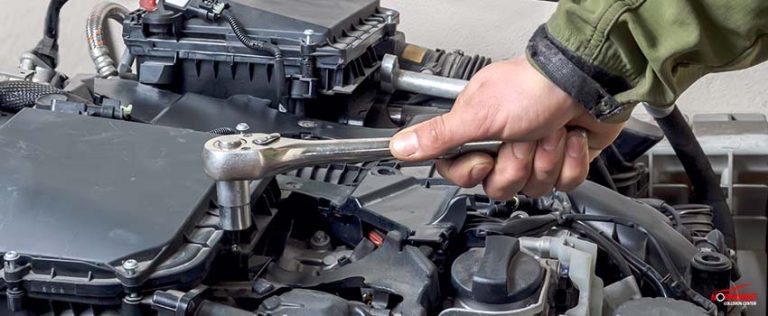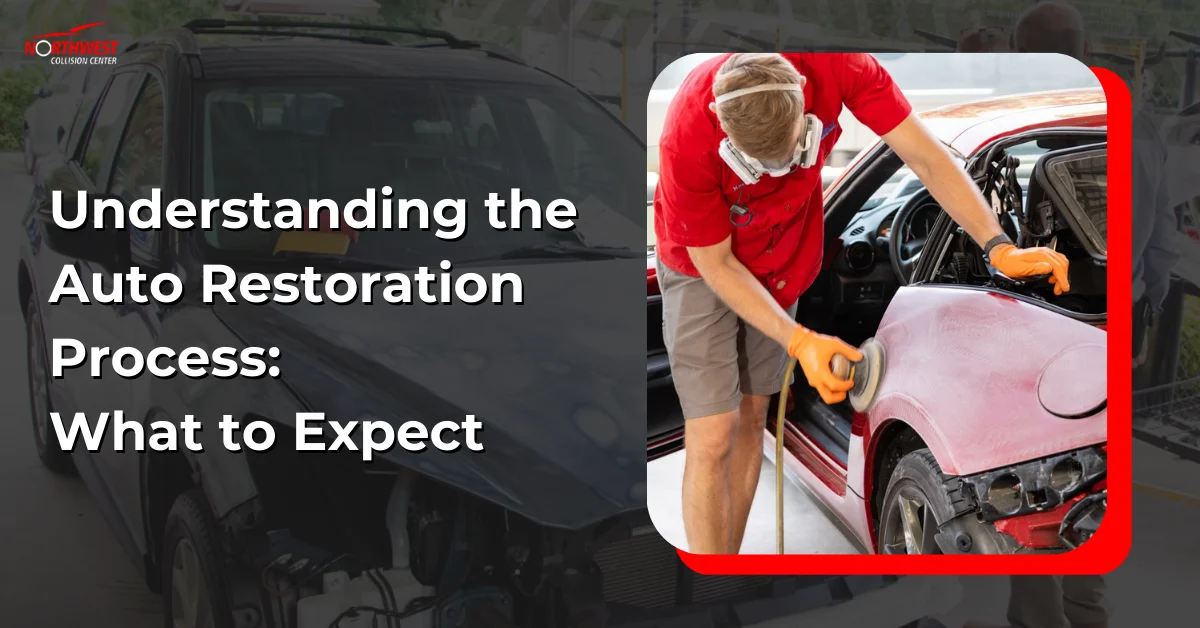It can be costly to maintain a vehicle. There are oil changes, new tires, worn-out brake pads, and broken engine lights that you need to worry about. To update all of these, you’ll likely spend too much if you run to the dealer or to the most expensive shop in town
Actually, maintaining your car does not have to cost a lot. If done correctly, it will save you money in the long run. All it takes is smart thinking, careful planning, and a bit of personal touch. Before you know it, you’ll be enjoying cheap car maintenance.
How to Save Money on Car Maintenance
There are some low-cost ways that car owners can consider to keep their vehicles in good condition and out of trouble. Below are 12 of them.
1. Read the Manual
Take the time to read your car owner’s manual. The section on scheduled maintenance can be quite helpful as it contains valuable information on how to care for your auto and the warning signs that you should watch out for. A copy of the manual can be found online or at your local dealer if this was not provided when you purchased your car.
2. Get Regular Maintenance
Following the recommended maintenance schedules, changing oil and rotating tires, and taking care of your car overall will prolong its life and reduce repair costs. Vehicles can’t be made once and run forever, so it’s your responsibility to look after them. Low transmission fluid, engine and brake failure, and clogged-up oil are issues you could face if you neglect to maintain your car. It is better to invest a little now rather than a lot later. In this regard, car insurance is another aspect of vehicle maintenance that you should not neglect.
3. Heed Warning Signals
Good maintenance is about listening to your vehicle, particularly when it complains. Pay attention to any warning lights that you see when you’re driving. For cars equipped with digital odometers, there are trouble codes you could look for. Most of these can be activated by turning the ignition key to the ON position (not start), then turning it off again two to three times.
4. Study Fair Maintenance Rates
The costs of maintaining your vehicle such as oil changes and tire rotations can vary depending on where you’re going. Before you visit the mechanic, compare car maintenance and repair rates from various sources so you’ll have an idea how much you can expect to pay for any particular automobile job.
5. Beware of Mechanics
When you need to repair something on your car, call at least half a dozen mechanics. Some of them will claim that labor is expensive, and charge you even more for the costs of the car parts that they need to purchase. It’s always a good idea to check the cost of the parts online and see if you can get them at a much lower price.
6. Ignore Your Dealer
If you are looking to save money on auto repairs, don’t ask for help from the dealer. There’s a dealership fee involved when you go to your dealer who will then refer you to his mechanic. That will involve a separate fee, so you end up spending more than you should for a standard car maintenance and repair service. If the repair job is as simple as changing the tires, this is something that you could learn to do on your own.
7. Shop Around
If you need new vehicle parts, don’t settle for just one store where you can buy them. Call different auto shops so you can find out which one has the best and most affordable price. For example, the majority of the top tire brands can be found in a wide range of shops, but are often being offered at different prices. It may surprise you to discover that not all big-box stores have the best tire deals. On the other hand, small specialty tire chains might have better but cheap car service offerings such as warranties for damage, rotation, and balancing.
8. Keep a Clean Battery
The car battery is more important than you think, so if you see that something is wrong with it, have it checked right away. If there’s corrosion, you can try to remove it by using a brush and applying baking soda to the terminals.
9. Change the Oil
Change your car oil, but only when it is necessary. In the past, cars needed oil change every 3,000 miles or every three months. This is no longer the case, especially when it comes to modern vehicle models.
If you change your oil more often than necessary, you could be wasting money. To find out when your oil actually needs to be changed, consult your vehicle’s manual.
10. Check Fluid Levels
Perform a safety inspection and check your fluid levels every time you change your oil. While doing this, it’s also a good idea to consider a quick diagnostic by inspecting your brake, antifreeze, and power steering fluids as well as wiper oil, air filter, hoses, and belts.
11. Check the Tires
Ensure that your tires are properly inflated. If they are too low, this can cause tire wear and reduce gas mileage. Checking the tire pressure can be done manually or you can refer to the sensors on your tires. Alternatively, when you fill up, most gas stations will automatically turn on the air pumps to ensure that your tires have enough pressure.
12. Get a Maintenance App
Some dealers might not know the exact mileage of your car or when it is due for maintenance. This is where a gas and maintenance tracking app becomes important. Among other things, this app will provide you with your exact mileage real time. It will also inform you of upcoming maintenance tasks that you should take notice of.
Key Takeaway
How to save money on car maintenance is something that every car owner wants to know. After all, the costs of maintaining a vehicle is hardly cheap, so anything that could lead to significant maintenance savings will always be welcomed.
While there are no fast rules that you can follow, there are several car maintenance activities that you can actually do on your own without having to hire a mechanic. Changing the tires, car oil, and the brake fluid are things you can easily learn. Simply go online and you’ll find many video tutorials about these that can prove to be quite helpful and will hardly cost you anything. However, if you prefer more reliable maintenance work, you can simply take your car to a reputable auto shop and find out if they have a package for cheap car repairs.
Bring your car to Northwest Collision Center for excellent maintenance and repair services.
Apart from car insurance, vehicle maintenance is another thing that car owners often worry about. This is because regular maintenance can be quite expensive, especially if it will involve several repairs. However, with Northwest Collision Center, we strive to satisfy every customer so we regularly consider their present finances.
Talk to our auto body shop Largo, FL, expert to discuss your maintenance needs and we’ll advise you on how to save money on car maintenance. For other questions about our services, feel free to call us anytime.










